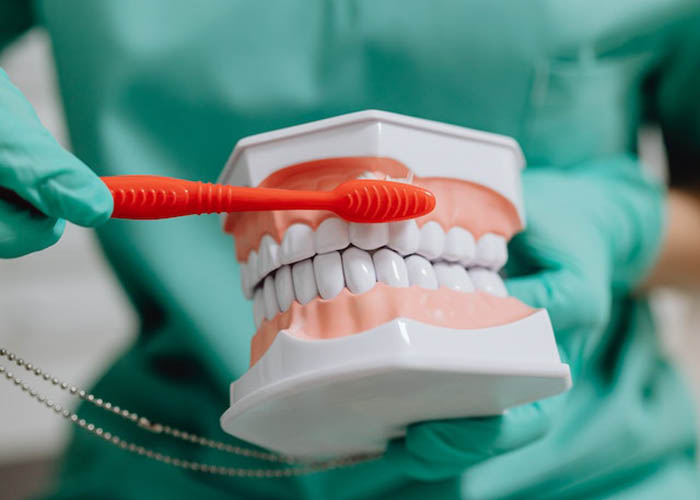Modern dentistry is pain-free
Dental techniques have improved drastically over the past few years, and many of the improvements have made dentistry completely painless. Root canals, which were once regarded as the most painful dental experience, are now virtually pain-free because dentists use special tools to perform the procedure.
Better pain relief
Pain relievers have also improved – even over-the-counter analgesics can provide better pain relief without making you feel drowsy.
Dental sedation
One of the biggest advances has been the introduction of sedation. Dental sedation uses medications that help patients relax through dental procedures.
There are four main types of dental sedation:
- Nitrous oxide sedation, also known as laughing gas, is a combination of nitrogen and oxygen; when inhaled, nitrous oxide helps you relax and remain calm, but stay awake enough to hear and follow your dentist’s instructions
- Oral sedation – your dentist will provide you with a pill or pills to take just before your appointment; the sedation will put you into a sleep, yet conscious state
- IV sedation – like oral sedation, but administered intravenously through an IV
- General anesthesia – reserved for extremely anxious people and for longer or more involved dental procedures, general anesthesia causes a complete loss of consciousness
Dental sedation minimizes pain and anxiety, and improves the dental experience for anyone who has dental anxiety.
Dentists are compassionate
Most dentists enter the profession because they want to help people with oral health and transform the lives of their patients. There is perhaps no better feeling than to help someone overcome painful and sometimes embarrassing dental problems, and to improve their patients’ smiles.
Dentistry is less invasive
Dentists use advanced technology to detect and fill cavities, perform root canals, treat dental problems, and preserve healthy tissue. In the old days of dentistry, the most effective treatment was to pull the patient’s teeth – today, dentists can perform a wide variety of procedures to save a patient’s teeth and restore their smile.
Advanced technology
Advances in dental technology helps reduce pain, improve treatments, and even decrease the number of office visits. Advanced dental technology helps dentists treat cavities with stronger fillings, dental crowns, and implants, which means treatments provide longer-lasting results that look better.
Even x-rays are more comfortable
In the early days of dentistry, patients would have to hold very large and uncomfortable x-ray bites in their mouths. The process of dental x-rays seemed long and cumbersome, especially for those with dental anxiety. Old-fashioned dental x-rays also exposed patients to radiation, and did not always provide the best images.
Today, most dental offices use digital x-rays, which are vastly more comfortable and do not require the use of those uncomfortable bites. Digital x-rays make the entire process quicker, more comfortable, more accurate, and involve less exposure to radiation.




